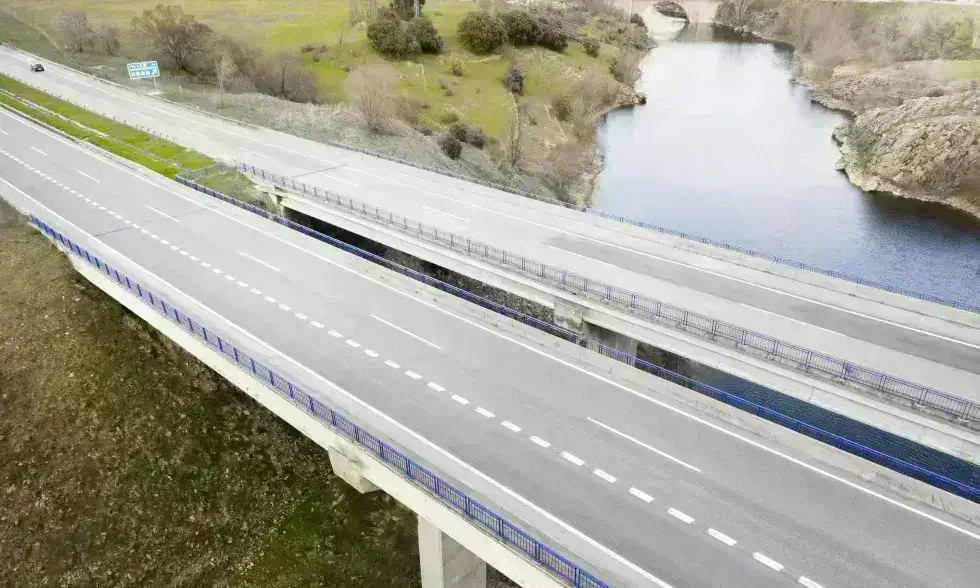Austria is particularly popular from a transportation perspective, as the highways and expressways significantly facilitate the use of the road network. Around major cities such as Vienna, Linz, Graz, and Innsbruck, the network is especially dense, as there is the greatest need from a traffic perspective. Currently, there are 1703 km of highways and 477 km of expressways available for travel.
Since 1997, almost all Austrian highways and expressways have been toll roads, meaning that purchasing an Austrian e-vignette is mandatory. The Austrian e-vignette can now be purchased online. Besides the speed of purchase, another advantage is that you don't have to stick the vignette on the windshield and later "scrape it off." Older people might remember when the front window of a vehicle was covered with stickers...
For most vehicles, the majority of sections can be used with the standard passenger car vignette. Heavy vehicles pay a usage-based road toll. The Austrian road network is characterized by continuous growth and development, and it is renowned for its excellent condition due to regular maintenance. Although the length of highways is almost 1800 kilometers, they are continuously being expanded, and the same applies to the country's expressways.
The classification of the Austrian road network and highways is done in two ways. One is the division of routes based on traffic regulations, and the other is based on the owners of the roads. In Austria, the country and the Federal Government are no longer responsible for toll roads; instead, this task was transferred to the Austrian infrastructure development company, ASFINAG.
The roads are marked with traffic signs bearing the letters 'A' or 'S.' The name of the route comes before the letters. This usually applies to areas where the sections are located. The signs provide information about which road is in which region.
Motorists must pay a usage fee to use the federal roads. However, there are sections, such as the first section of the West highway, from the Walserberg border crossing to Salzburg-Nord, which is toll-free. The federal roads serve the connection with neighboring countries and therefore play an important role in Austria's road system, especially from a commercial perspective.
The country's longest highway is currently the A2 Süd highway, which runs from Vienna through Graz to the Italian border. It is 380 kilometers long. The A1 West highway starts in Vienna and runs all the way to Salzburg, nearly 300 kilometers long. It connects directly with the A8 highway after the German border. The approximately 200-kilometer-long routes include the A9, A10, and A12 highways.
An Austrian e-vignette is required for the use of Austrian roads. Truck drivers have a somewhat harder time, as those driving vehicles over 3.5t are required to be equipped with a Go Box, a device that calculates motorway tolls.
Of the 17 existing Austrian highways, some are under construction. These roads currently measure nearly 500 kilometers, and a total of 700 kilometers are still planned.
According to road traffic regulations, Austria does not have expressways, so the sections are marked as highways on the signs. The difference is not in the quality but becomes clear in the speed limits indicated on the road signs.
The official 2024 Austrian e-vignette is available for purchase here, in the shop.









